
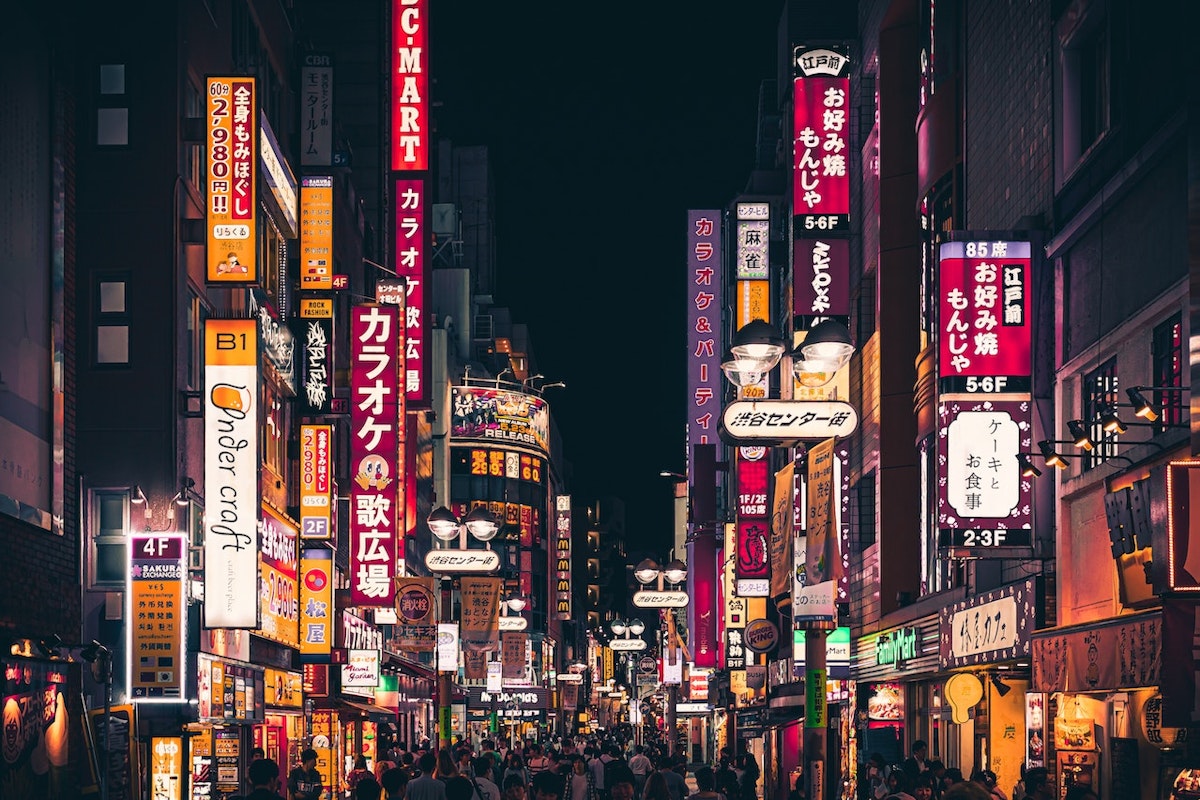
您準備好逃離東京的喧囂,冒險探索日本未被發現的美景了嗎? 東京之外'高科技的城市景觀和文化熱點是一個隱藏的寶藏等待探索的世界。 從令人歎為觀止的山脈到古老的寺廟和溫泉,周邊地區為各種旅行者提供了獨特而難忘的體驗。
在本文中,我們'將引導您完成一些從東京出發的最迷人的一日游和短途旅行。 我們'將向您介紹日光的寧靜之美,鐮倉的歷史魅力,富士山的壯麗景色以及其他令人驚歎的目的地。 每個地方都有自己獨特的故事要講,會給你留下對日本的持久印象'多元文化和自然奇觀。 因此,收拾行裝,準備踏上發現之旅,我們將帶您遊覽東京最好的一日游和短途旅行。 是否'作為冒險家、文化愛好者或只是想遠離城市,這些目的地一定會提供難忘的體驗,在您的旅程結束后很長一段時間內都會與您同在。
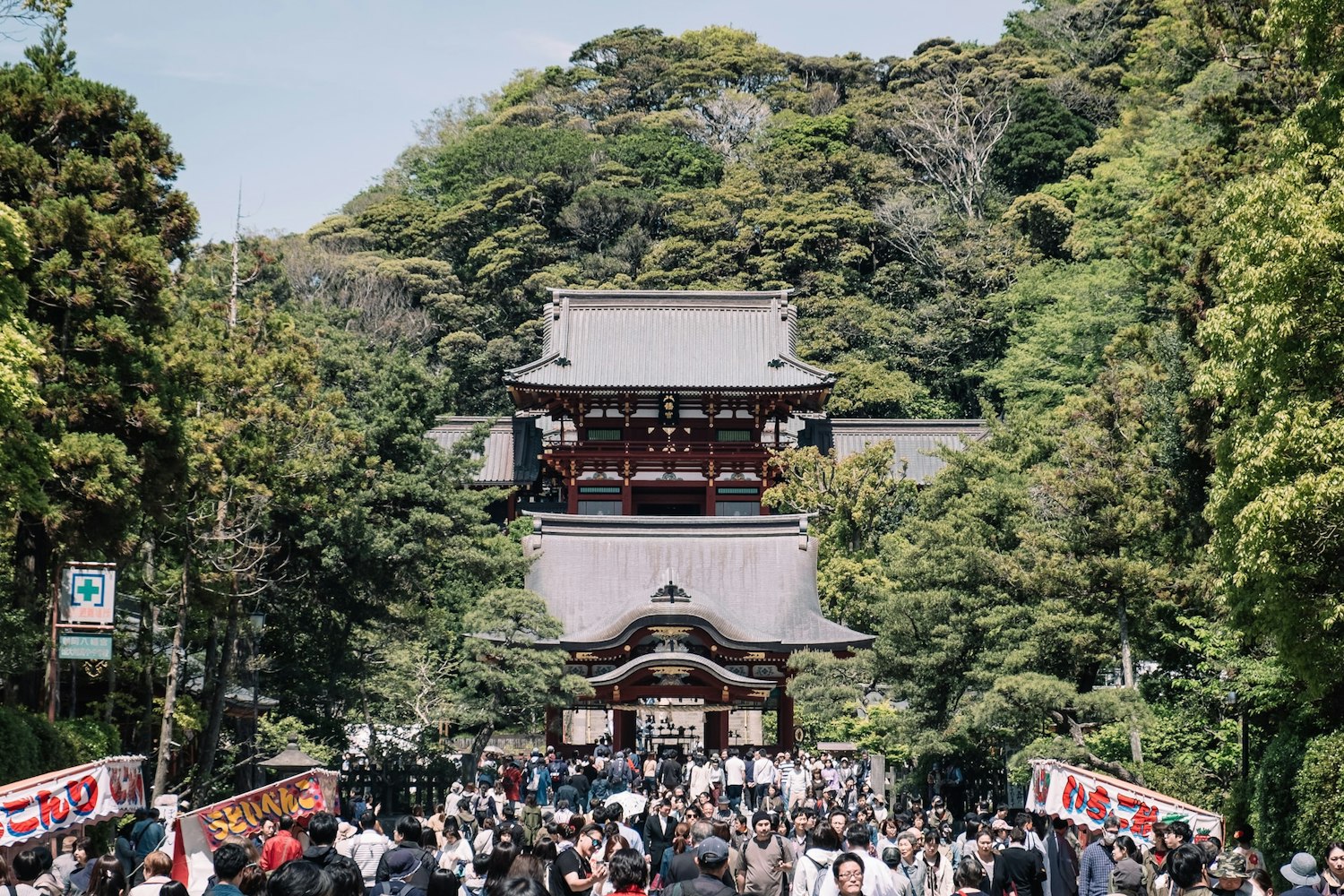
鐮倉是位於日本神奈川縣風景如畫的城市,距離東京只有很短的火車車程。 對於想要在東京以外體驗日本豐富的歷史和文化的遊客來說,這是一個受歡迎的目的地。 鐮倉曾經是鐮倉時代(1185-1333)的日本首都,在塑造國家方面發揮了重要作用'的歷史。
鐮倉以其眾多歷史悠久的寺廟和神社以及風景秀麗而聞名。 遊客可以體驗日本的古都,探索城市中保存下來的傳統日本文化'的建築和傳統。
鐮倉提供了文化和自然景點的完美結合,使其成為從東京出發的必游一日游目的地。 遊客可以沉浸在日本'通過探索標誌性的寺廟和神社,如大佛、長谷寺和鶴岡八幡宮,擁有豐富的歷史。

此外,這座城市擁有美麗的海灘和山脈,風景迷人,讓您遠離城市,享受輕鬆祥和的逃生。 鐮倉'寧靜的氛圍,加上豐富的文化遺產和自然美景,使其成為任何訪問日本的人的獨特而難忘的體驗。
鐮倉是一個小城市,但它有許多景點遍佈整個地區。 以下是導航鐮倉的一些提示:
交通方式: 從東京到鐮倉最簡單的方法是乘火車。 JR橫須賀線和江之電線都在鐮倉停靠。
最佳參觀時間: 遊覽鐮倉的最佳時間是春季(3月至5月)或秋季(9月至11月)。 天氣溫和,四季風景秀麗。
出行方式: 鐮倉是一個適合步行的城市,但如果你想節省時間,你可以乘坐公共汽車或計程車四處走走。 還提供自行車租賃服務,這是探索城市的熱門方式。
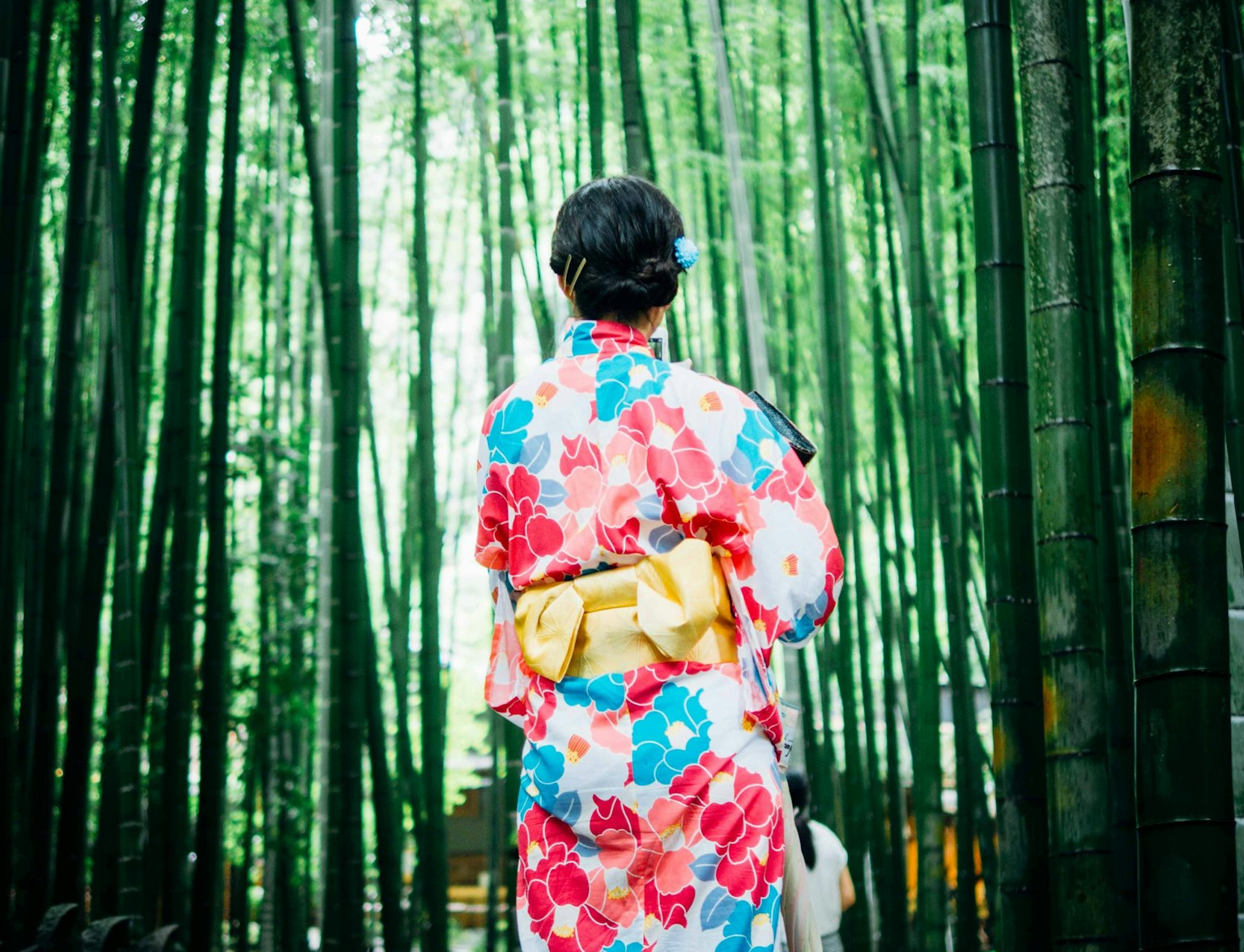
搭乘人力車探索鎌倉。
日光是位於櫪木縣北部的一個城市,距離東京只有幾個小時的路程。 這是一個擁有豐富文化和歷史意義的城市,使其成為尋求探索日本的遊客的熱門目的地'的遺產。 城市'令人驚歎的自然美景和文化地標是日本的證明'豐富的過去,遊客可以輕鬆地花一兩天時間探索它的許多景點。
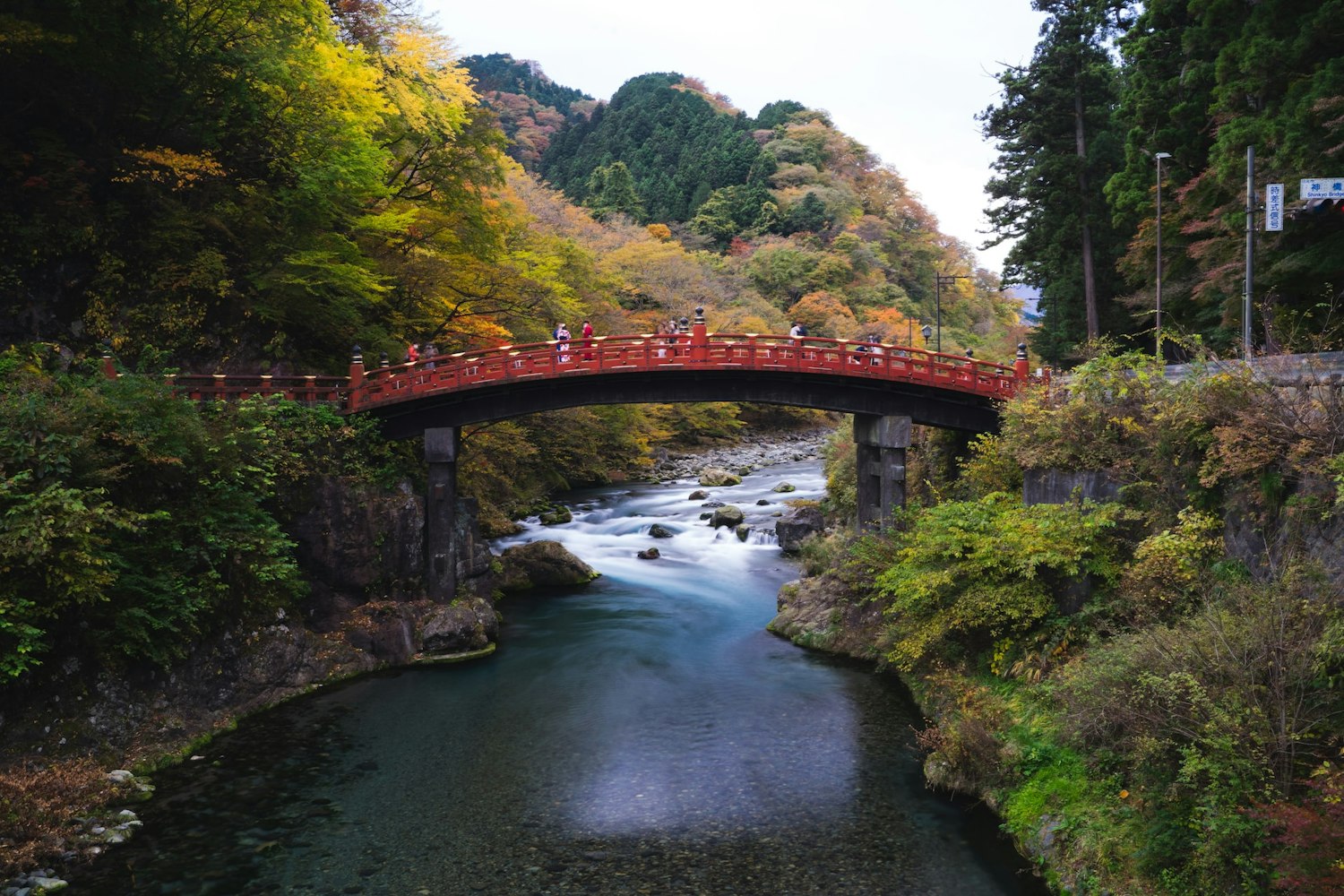
日光擁有許多標誌性地標,每個地標都有其獨特的意義和魅力。 東照宮無疑是該市的頂級景點之一,擁有錯綜複雜的雕刻、令人驚歎的建築和美麗的花園。 遊客還可以探索風景如畫的中禪寺湖,該湖享有周圍群山的壯麗景色,是划船和釣魚的熱門地點。
華嚴瀑布是另一個必看景點,在那裡您可以看到雄偉的瀑布,瀑布傾瀉300多英尺,進入下面的山谷。 此外,您還可以參觀日光國家公園,該公園根據季節提供一系列戶外活動,如遠足、騎自行車和滑雪。
日光是一個可以在一天內探索的城市,但建議過夜,以充分欣賞它的美麗和文化意義。 一年中訪問日光的最佳時間取決於您計劃進行的活動,但總的來說,這座城市一年四季都很美麗,春天有櫻花,秋天有紅葉,寒冷的月份有冬季運動。
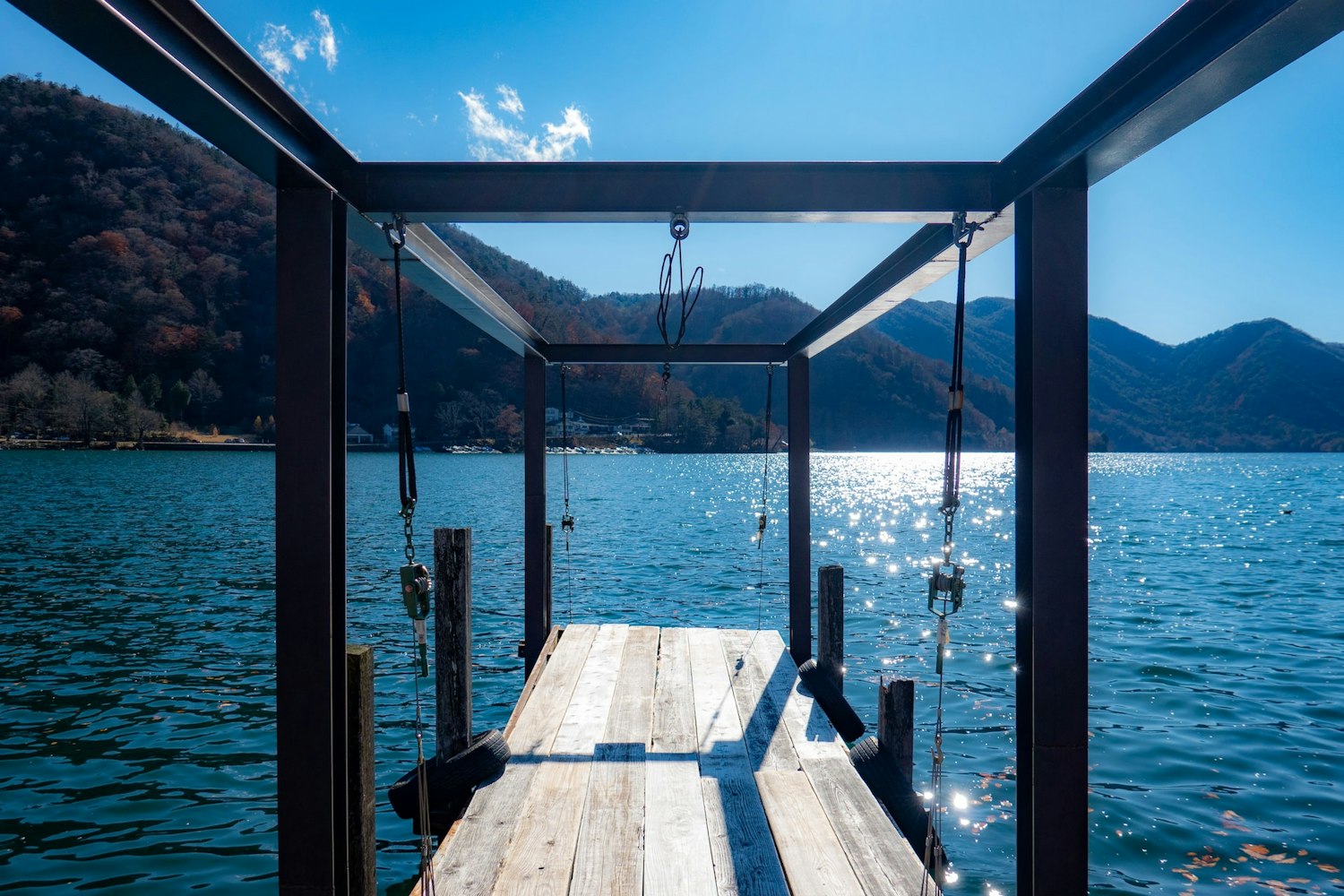
您可以乘坐火車、巴士或汽車前往日光,市內的交通選擇包括巴士、計程車和自行車租賃。 提前計劃和購買公共交通通票可以在導航日光時節省您的時間和金錢。
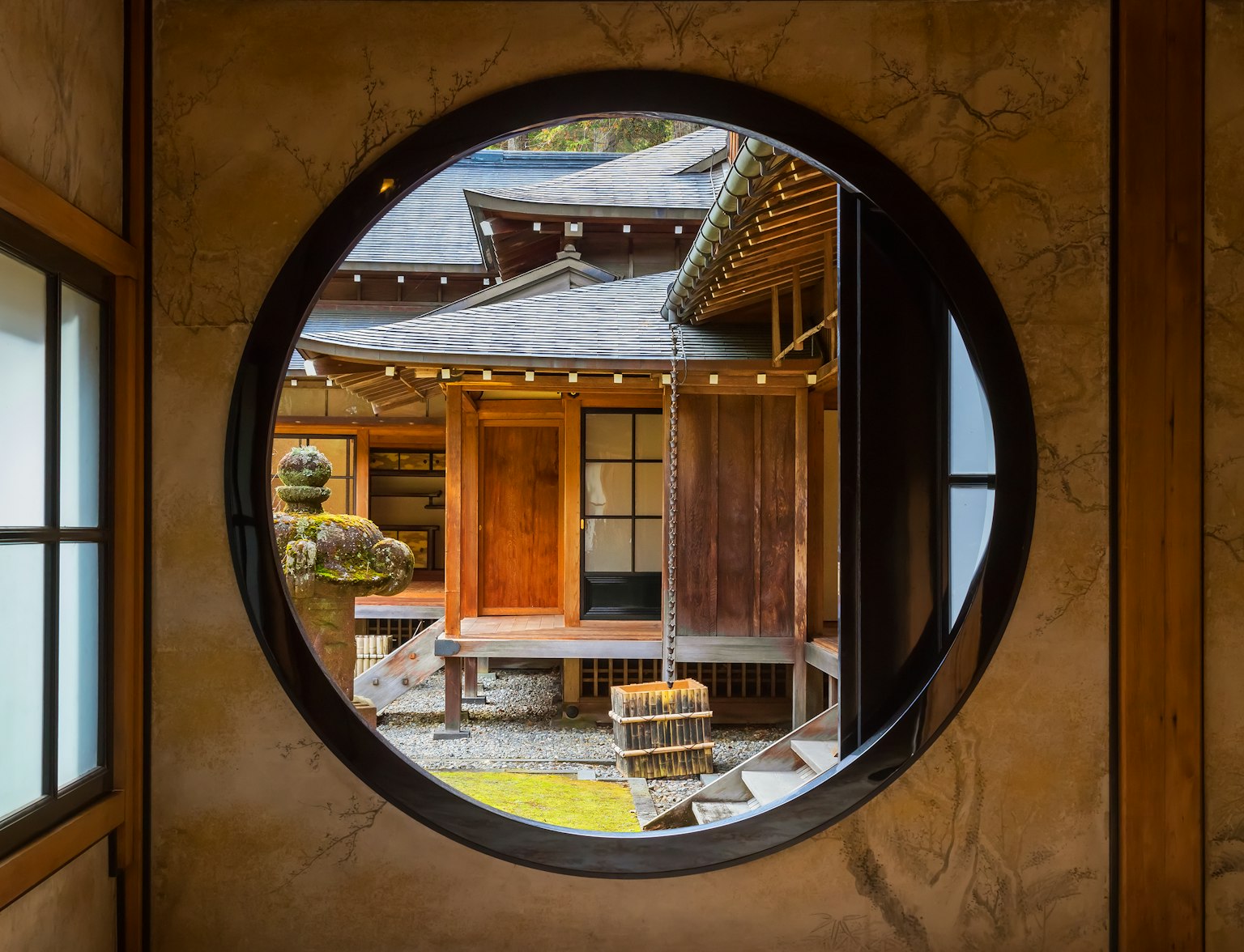
參觀日光的標誌性地標。
箱根是大自然愛好者的天堂,擁有令人歎為觀止的風景、溫泉和文化景點。 它位於東京西南僅80公里處'乘坐火車、公共汽車或汽車都很容易到達。 從雄偉的富士山到寧靜的蘆之湖,箱根是全年吸引遊客的感官盛宴。
箱根以其自然美景和令人歎為觀止的風景而聞名,使其成為全球自然愛好者的熱門目的地。 其最具標誌性的地標之一是蘆之湖,這是一個寧靜的火山湖,可以欣賞到富士山和周圍群山的壯麗景色。 遊客可以悠閒地乘船穿越湖泊或沿著風景秀麗的小徑徒步旅行,這些小徑為欣賞壯麗的風景提供了完美的有利位置。
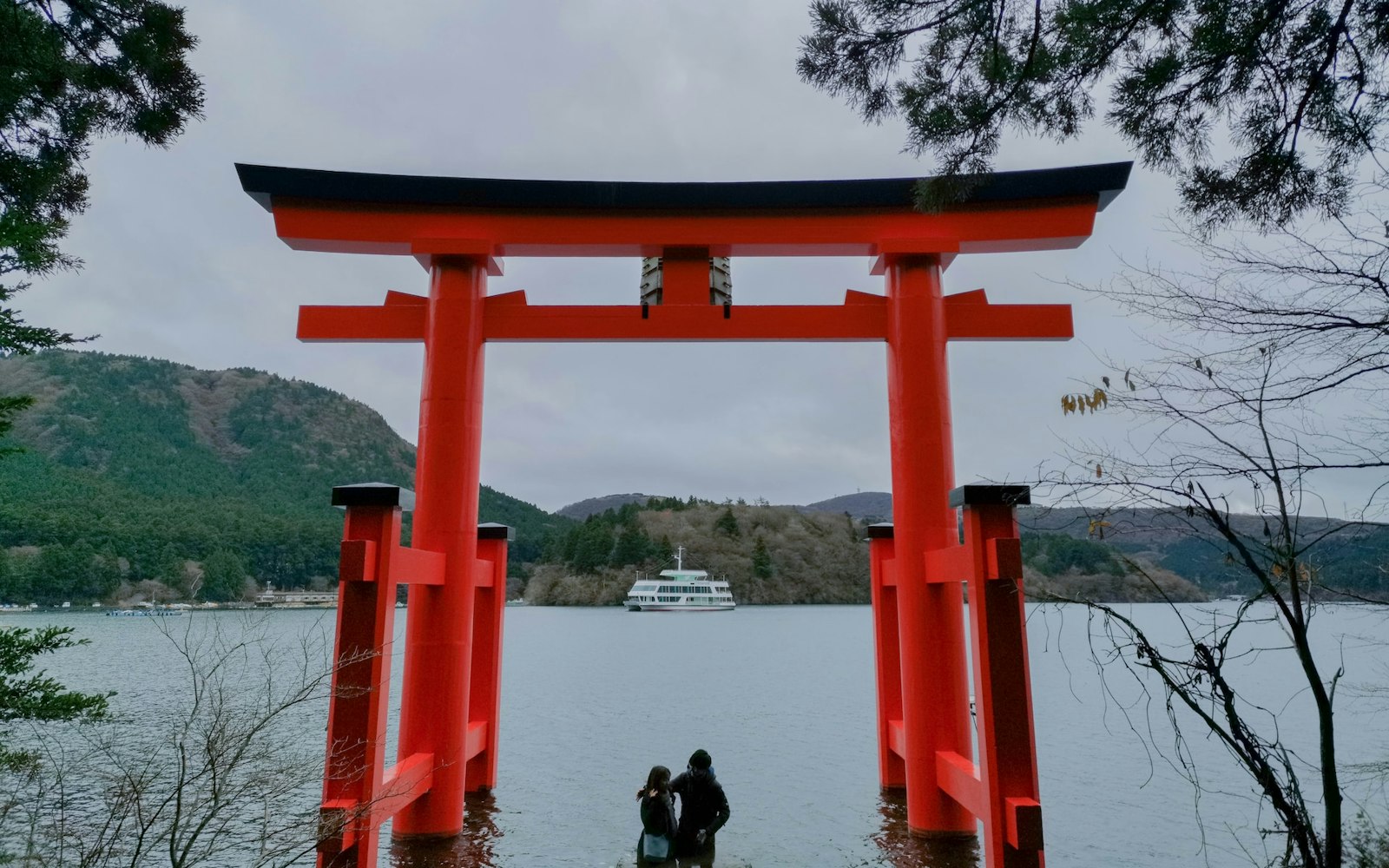
箱根還擁有適合所有健身水準的各種遠足徑。 最受歡迎的步道是箱根遠足步道,從箱根湯本站開始,通往蘆之湖。 這條小徑享有城市的壯麗景色'的自然奇觀,包括茂密的森林,瀑布和溫泉。
箱根是一座充滿文化和歷史的自然奇觀之城。 遊客可以探索這座城市'豐富的文化遺產,沉浸在其藝術,建築和傳統中。
箱根之一'最受歡迎的文化景點是箱根露天博物館,在鬱鬱蔥蔥的綠色植物和天然溫泉中展示了令人印象深刻的當代藝術收藏品。 遊客可以在露天博物館悠閒漫步,欣賞與周圍自然無縫融合的藝術裝置。
箱根以其溫泉或溫泉而聞名,據說溫泉或溫泉具有治療作用,是希望放鬆身心和恢復活力的遊客的熱門目的地。 這個城市是眾多溫泉的所在地,從傳統的日式浴場到適合所有年齡段的現代設施。
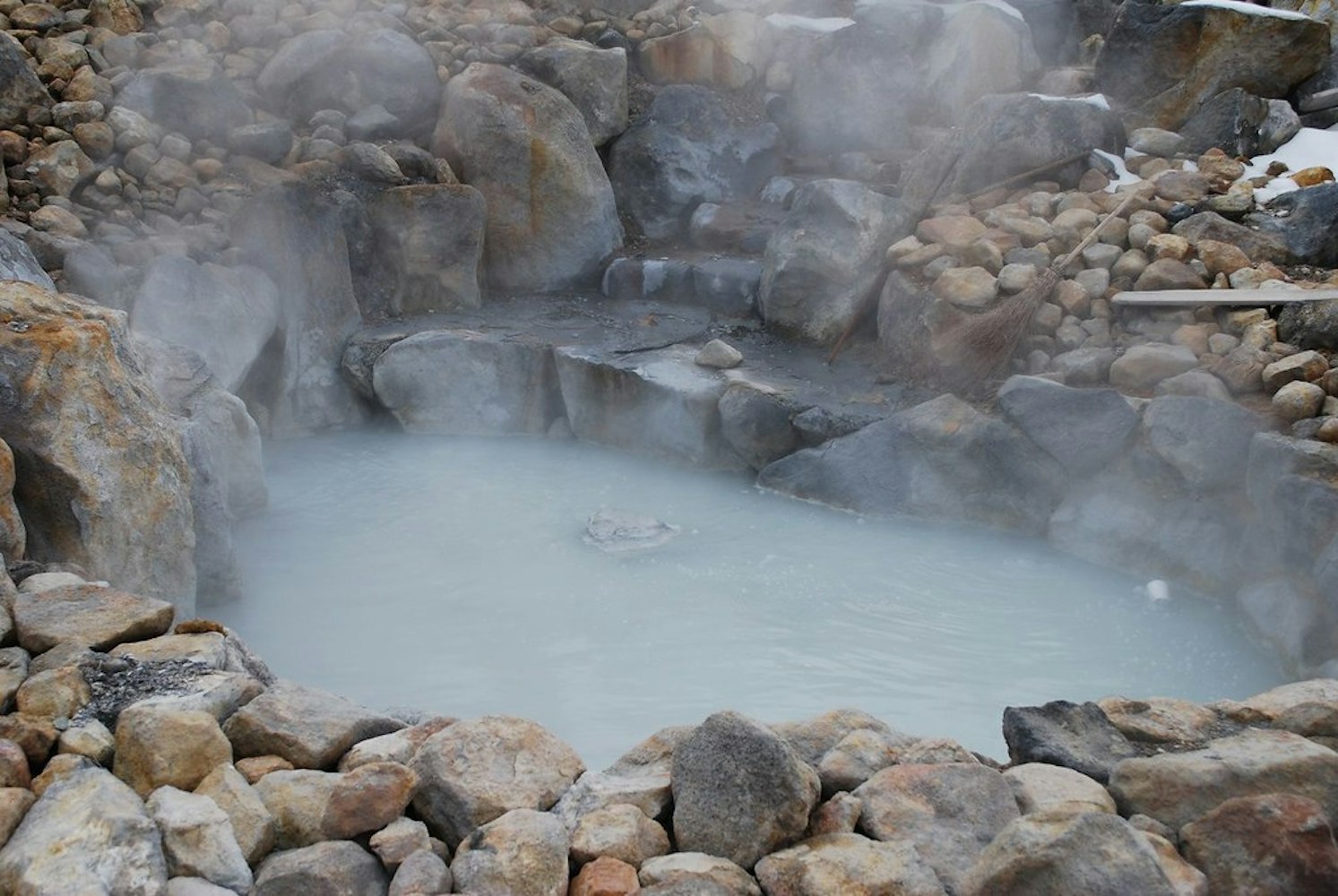
圖片來源: 奧萊米斯網
箱根最受歡迎的溫泉之一是天山溫泉,設有室外和室內浴池,可俯瞰茂密的森林。 溫泉採用傳統的日式風格設計,天然溫泉據說對身心都有治療作用。 遊客還可以享受按摩、芳香療法和其他水療護理,以增強放鬆體驗。
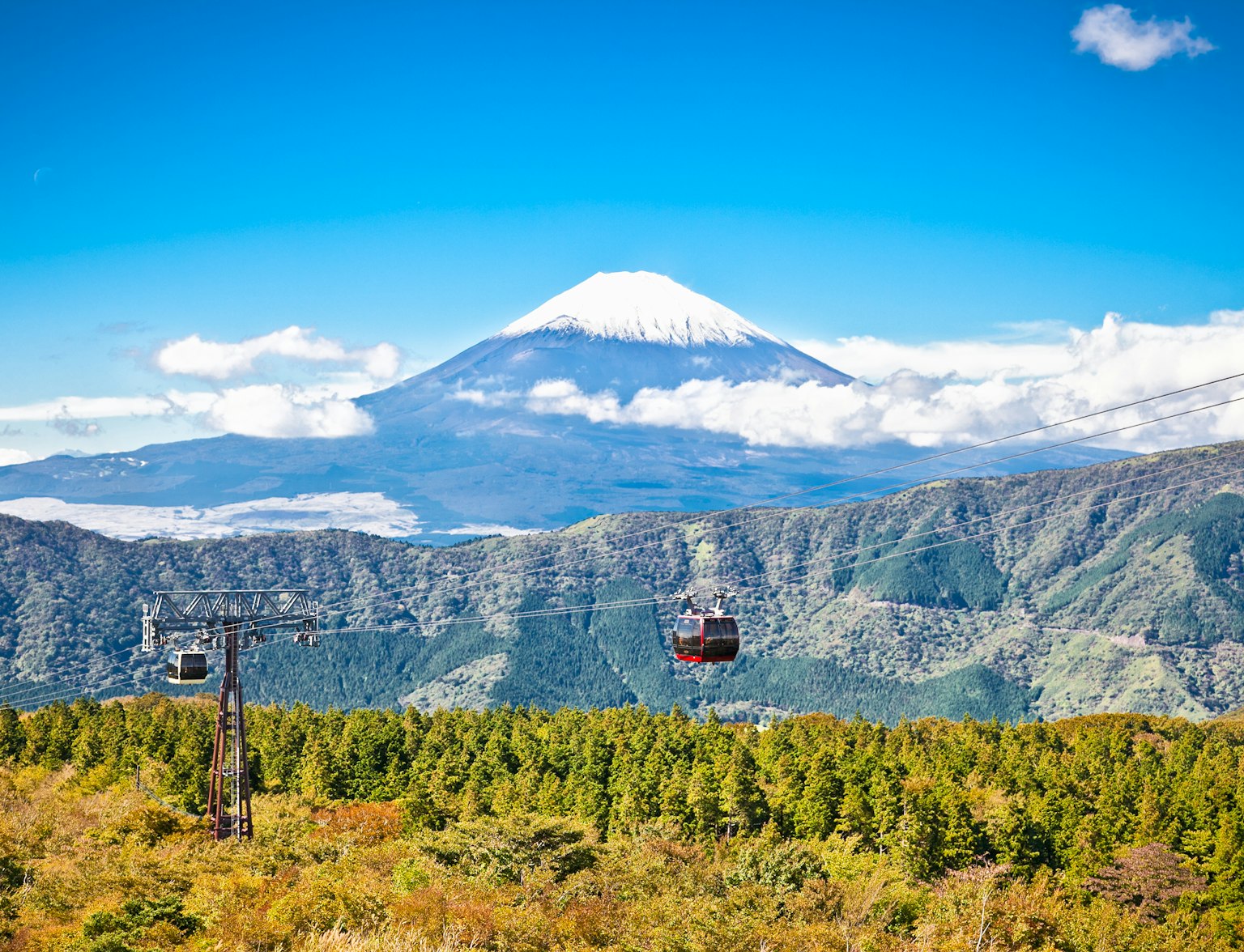
探索箱根的壯麗景色。
富士山位於東京西南約100公里處,是一座活火山,最後一次噴發是在1707-1708年。 它被尊為聖山,是日本文化的重要象徵,歷史上一直是許多藝術、文學和宗教習俗的主題。 山'其白雪皚皚的山峰聳立在周圍的丘陵和湖泊之上,已成為與日本相關的標誌性形象

攀登富士山山頂是遊客和當地人的熱門活動。 官方登山季節從7月持續到9月,遊客可以從幾條難度不同的路線中進行選擇。 最受歡迎的路線是吉田步道,該步道維護良好,並提供洗手間和小吃攤等便利設施。
攀登富士山是一項具有挑戰性的活動,需要身體素質和適當的設備,例如登山靴、保暖衣物和夜間攀登前燈。 高原反應也可能是登山者關心的問題,所以它'花時間適應更高的海拔很重要。
對於喜歡不那麼費力活動的遊客來說,沿著富士山的山麓徒步旅行是一個不錯的選擇。 酒店擁有眾多遠足徑,享有山脈和周圍景觀的壯麗景色。 問:攀登富士山需要多長時間?
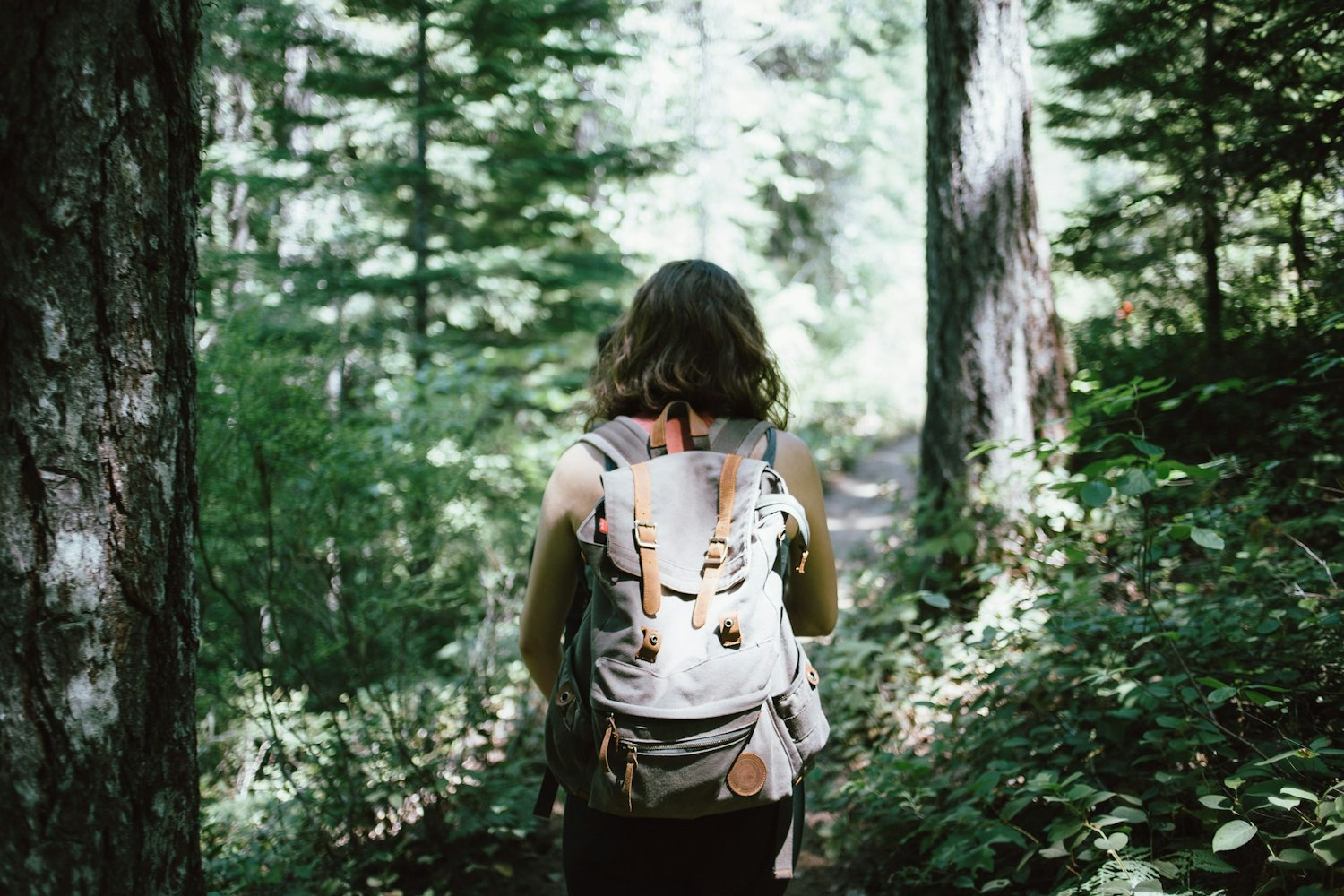
一條受歡迎的步道是富士宮步道,它從富士宮五合目開始,可以欣賞到富士山的景色'的南面。 另一種選擇是青木原森林,以其美麗的風景和熔岩洞穴而聞名。
如果您喜歡在不遠足或登山的情況下欣賞富士山的美景,這裡有幾個風景優美的觀景點,可以欣賞到壯觀的山景。 位於富士吉田町的中靈塔是攝影師的熱門景點,可以欣賞到富士山和周圍風景的全景。
河口湖是另一個受歡迎的景點,在平靜的日子里可以欣賞到富士山的壯麗倒影。 富士山五合目也是賞山的好地方'的美麗,可乘汽車或巴士到達。
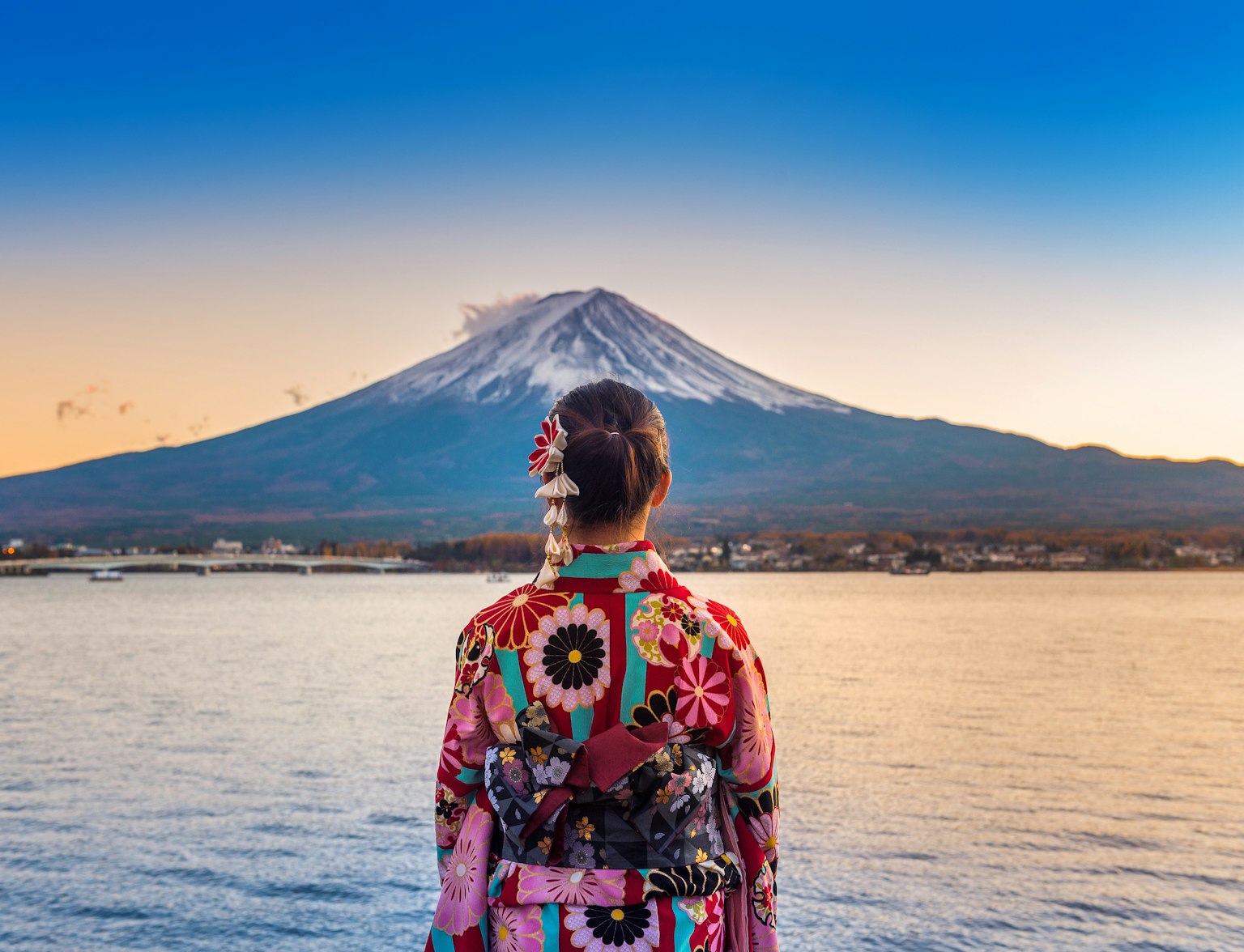
欣賞河口湖中富士山的倒影。
在開始富士山遊覽之前,它'重要的是要準備好正確的設備、運輸和安全注意事項。 攀登富士山需要適當的裝備,例如登山靴、保暖衣物和夜間攀登的前照燈。 遊客還應該考慮交通選擇,因為富士山位於東京郊外,需要幾個小時的旅行時間。 最近的火車站是富士山站,從那裡,遊客可以乘坐公共汽車或計程車到山上'的基地。
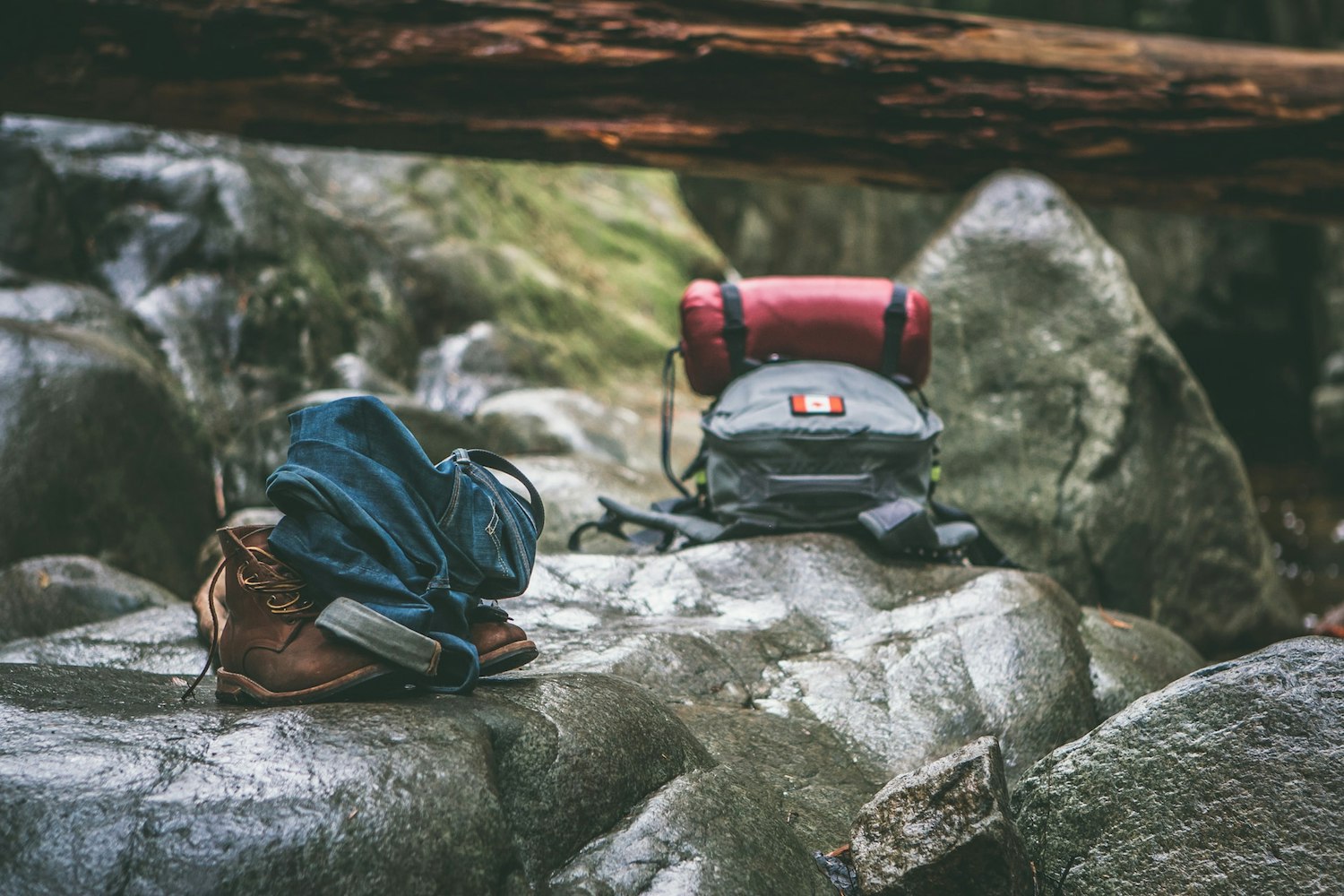
此外,遊客應注意安全注意事項,例如高原反應和不可預測的天氣條件。 它'在開始任何富士山遊覽之前,適應較高的海拔,保持水分並查看天氣預報非常重要。
川越是一個小鎮,距離東京僅30分鐘路程,以其保存完好的江戶時代建築而聞名。 川越曾經是17世紀和18世紀的重要貿易中心,保留了其大部分歷史魅力和文化意義。 川越的遊客可以回到過去,體驗日本豐富的歷史'的過去。
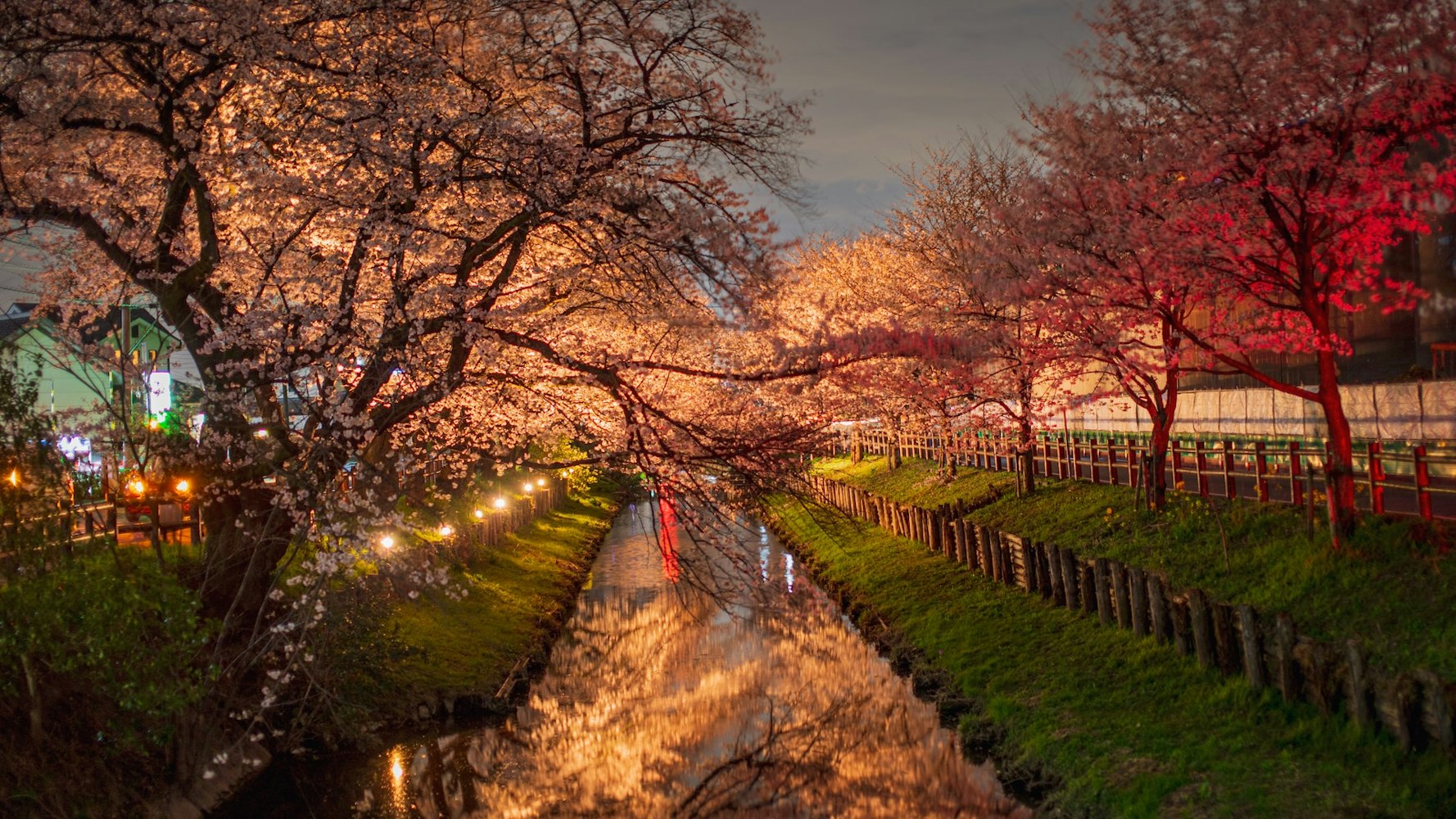
川越'的歷史街區,被稱為 "小江戶," 擁有大量保存完好的江戶時代建築和傳統的日本住宅。 遊客可以漫步在狹窄的街道和小巷中,欣賞小鎮獨特的建築和迷人的氛圍。 川越的標誌性標誌是鐘樓,其歷史可以追溯到 1600 年代,是日本僅存的為數不多的鐘樓之一。 其他著名的地標包括北院、川越城遺址和土岐之金鐘樓。
除了其歷史建築外,川越還為遊客提供一系列景點和文化體驗。 柏屋橫丁,又名 "糖果巷," 是其傳統糖果店和當地糖果的熱門目的地。 川越城雖然是廢墟,但可以欣賞到城鎮及其周邊地區的壯麗景色。 每年10月舉行的川越節是另一個必看的活動,以傳統花車和表演為特色。
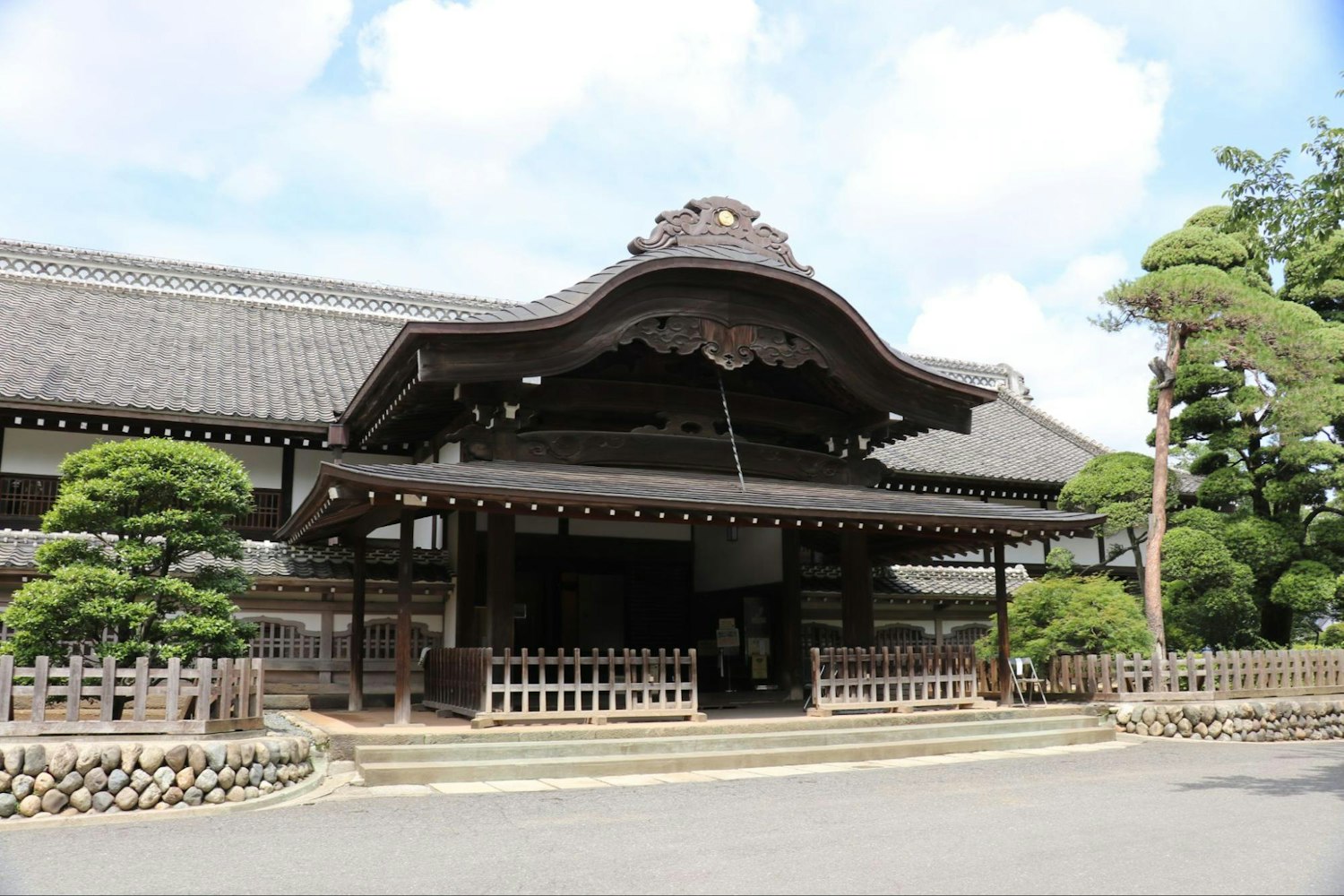
圖片來源: 維琪媒體
導航川越相對容易,因為鎮上的大部分地區都比較容易'景點彼此之間都在步行距離之內。 從東京乘坐火車或巴士也很容易到達該鎮。 遊客可以從東京池袋站乘坐東武東上線到川越站,大約需要30分鐘。 另外,從東京出發的巴士也提供前往川越的交通服務。 遊覽川越的最佳時間是在秋天,當樹葉變色時,這個小鎮是最風景如畫的。
如您所見,日本提供的不僅僅是繁華的首都東京。 從古都鐮倉到江之島和鐮倉寧靜的海灘,每個目的地都提供了對日本的獨特一瞥'豐富的文化和自然美景。
是否'有興趣探索歷史地標,沉迷於天然溫泉或接受攀登富士山的挑戰,在那裡'是適合每個人的東西。 所以如果你'重新計劃去日本旅行,一定要冒險到東京以外的地方'的邊界,發現周邊地區隱藏的寶石和難忘的經歷等著您。 有這麼多東西要探索,你'一定會留下終生難忘的回憶。



